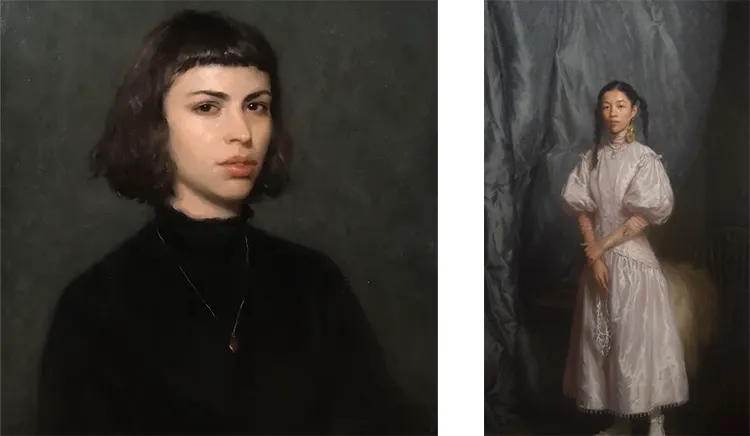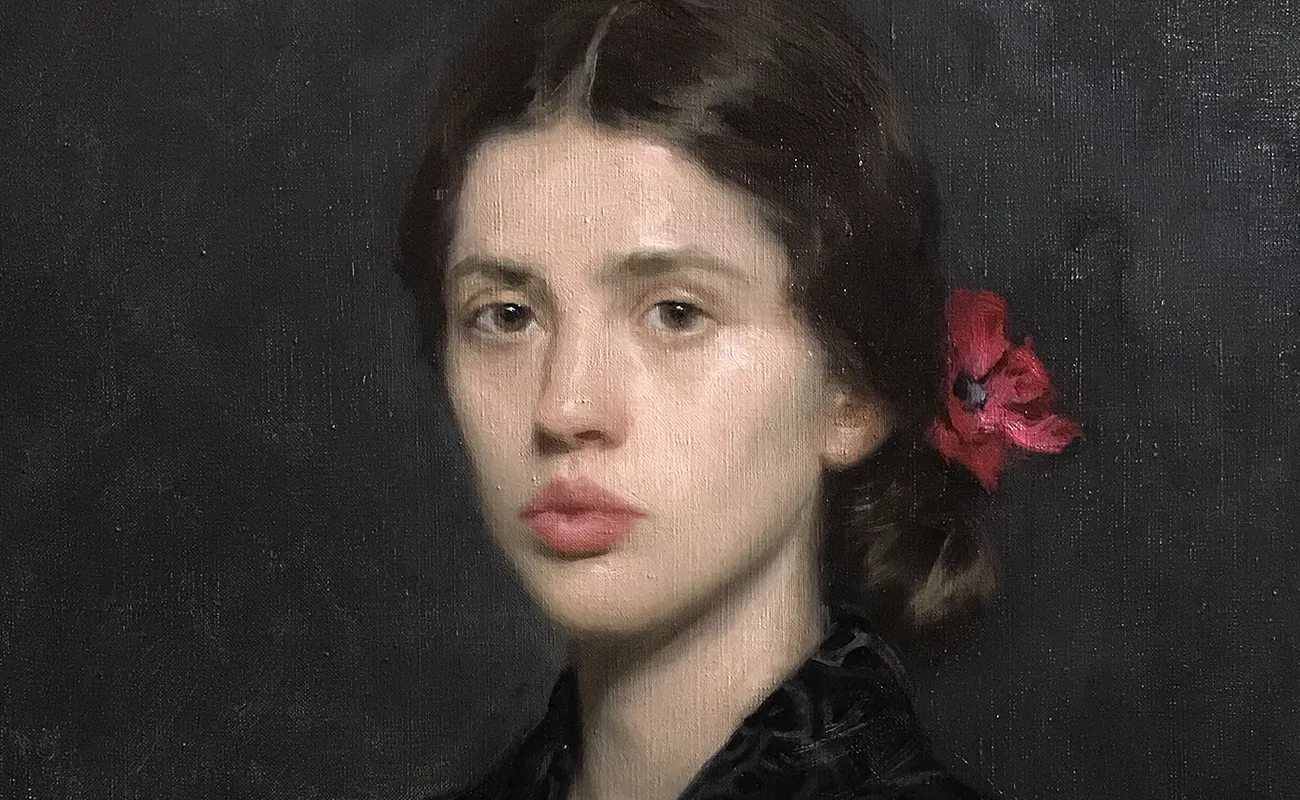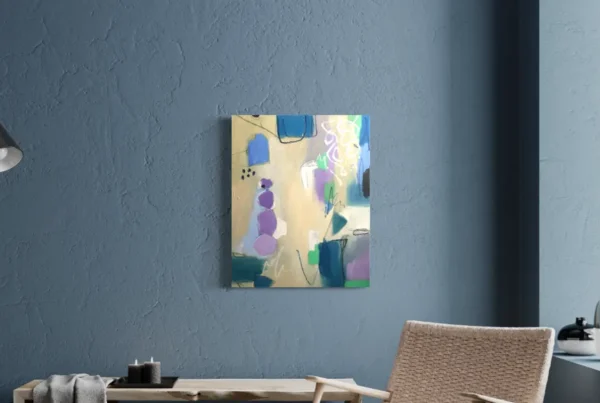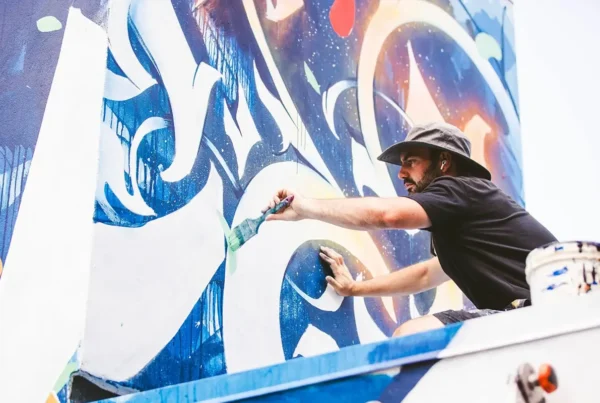Isabella Watling: The Timeless Craft of Life-Sized Portraiture
Born in London in 1990, Isabella Watling has earned recognition as a highly skilled portrait artist, admired for her mastery of the sight-size technique. Raised between the UK and Australia, she embraced the classical traditions of art at a young age, honing her skills at the renowned Charles H. Cecil Studios in Florence. Today, Watling splits her time between London and Florence, where she periodically returns to teach. Her commitment to life-size, naturally lit portraits has positioned her as a guardian of artistic techniques reminiscent of masters such as Van Dyck, Velázquez, and Sargent, all of whom have had a lasting influence on her work.
Watling’s portraits are often commissions, and her work has taken her across Europe and America. She paints exclusively from life, engaging deeply with her subjects to capture their essence on canvas. Her portraits are regularly exhibited, including prestigious venues like the National Portrait Gallery in London, where her works, such as the portrait of Glenn Haybittle for the 2012 BP Portrait Award, have drawn acclaim. With a passion for preserving classical methods, Watling’s artistic journey remains grounded in a rich historical tradition, yet infused with her unique perspective.
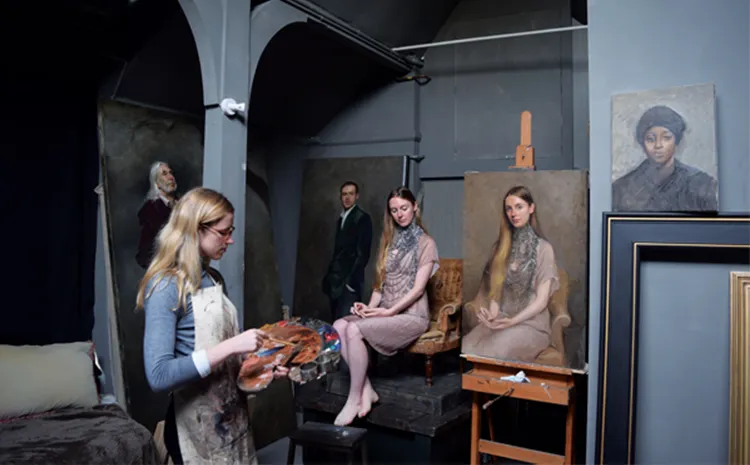
Isabella Watling: Crafting Art in the Presence of History
Isabella Watling’s journey in art began at the age of 18, when she was introduced to the techniques of Van Dyck, Velázquez, and Sargent at Charles H. Cecil Studios in Florence. This studio, dedicated to traditional techniques of portraiture and figure painting, shaped her approach to art. The sight-size method, in which the artist paints the subject at life-size scale while standing at a distance to match the sitter’s proportions, has become her signature style. Watling believes that working in natural light and directly from life allows her to capture the subtle nuances that photography or artificial lighting often misses. The way light falls on a face or how a fold in a subject’s clothing shifts over time offers endless variations that she skillfully incorporates into her work.
Her process for portrait creation begins with an in-depth observation of her subject. Each portrait commission starts with selecting a pose and outfit, ensuring that these choices enhance the subject’s natural demeanor. Watling emphasizes that the best portraits come when her subjects look comfortable and natural, allowing their personalities to shine through. Whether painting a bust, a three-quarter, or a full-length portrait, she always starts directly on the canvas, foregoing preparatory sketches to immerse herself in the spontaneity of the moment.
Teaching at Charles H. Cecil Studios continues to be a significant part of her artistic life. Despite being an accomplished artist in her own right, Watling remains a student at heart, continually inspired by her mentor Charles Cecil and the community of artists around her. She finds teaching to be a valuable way to refine her own practice, as explaining techniques to students forces her to approach familiar processes with fresh eyes. This relationship with the studio keeps her grounded in the traditions that shaped her early career, while also encouraging her to evolve as an artist.
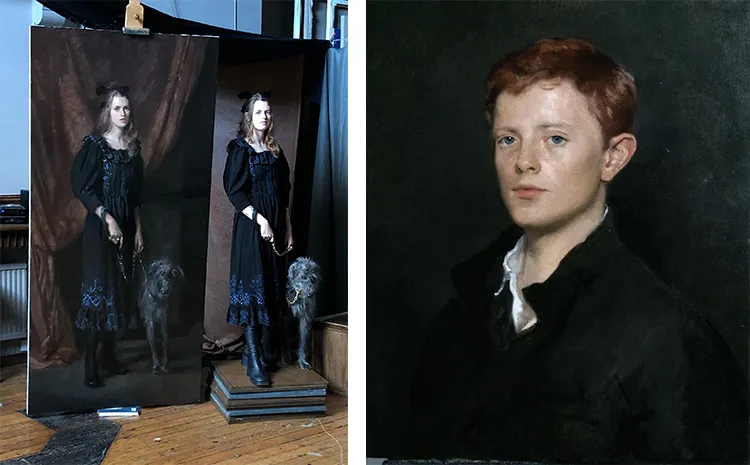
Painting Life: The Art of Capturing Human Presence
At the core of Isabella Watling’s work is a desire to immortalize the unique presence of her subjects. She believes that portraiture in the digital age, where selfies dominate and photography often overshadows painting, is inherently anachronistic. Yet, it is precisely this timelessness that attracts her to the form. In her opinion, working from life allows for a deeper connection to the subject than photography could ever provide. The sitter’s expressions, subtle movements, and the changing light in the studio give her the freedom to interpret these variables, creating a portrait that is not just a visual representation but an emotional one as well.
One of her most acclaimed works, The Importance of Being Glenn, exemplifies this approach. Painted while Watling was still a student, the portrait captures the author Glenn Haybittle in a moment of quiet reflection, filled with the warmth and depth that can only be achieved through direct observation. Exhibited at the BP Portrait Award in 2012, it stands as a testament to her dedication to working from life, and her ability to evoke a sitter’s personality through her brushwork. For Watling, each portrait is a living record of the time spent with the subject, a testament to their shared experience in the studio.
Her process is immersive, and Watling speaks passionately about the importance of understanding her subject’s physical and emotional nuances. While her subjects pose in her studio, she pays close attention to their posture, expressions, and even their clothing. The color and texture of fabrics play a significant role in her compositions, and she often spends hours ensuring that the folds in a coat or the shade of a dress perfectly complement the sitter’s complexion. These details, she believes, are what elevate a portrait beyond mere likeness and into the realm of emotional resonance.
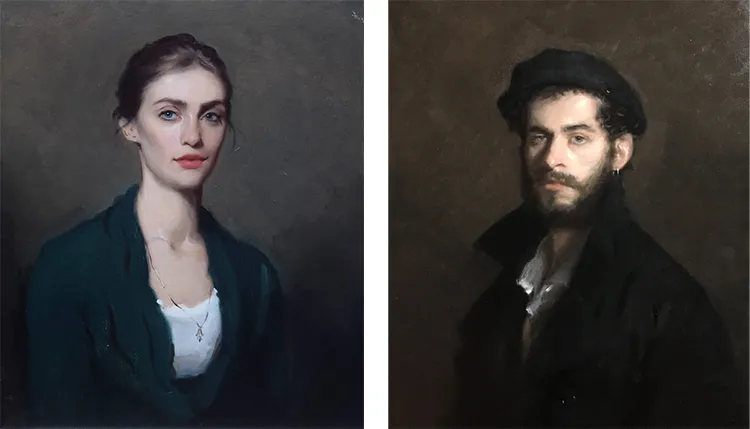
Isabella Watling: A Balance Between Tradition and Innovation
Though rooted in the traditions of the Old Masters, Isabella Watling continuously pushes her work in new directions. Her studio, a space filled with controlled natural light, is designed to allow her maximum flexibility in her practice. The high north-facing windows, walls painted a neutral grey to minimize reflections, and a pulley system to control the amount of light create an ideal environment for her meticulous process. Despite the technical precision required for her work, she often improvises, drawing inspiration from the way light changes or how a subject subtly shifts during the session.
Watling is constantly studying the works of historical painters, finding endless inspiration in their techniques. Artists like Velázquez and Van Dyck remain central to her development as a painter, and she credits their works for driving her desire to improve and evolve. However, she is also unafraid to explore new ideas. She has expressed interest in experimenting with different backgrounds and incorporating more objects into her compositions, which could introduce new dimensions to her already layered portraits.
Although her work remains firmly rooted in the tradition of life-sized portraiture, Watling acknowledges the challenges of promoting her art in the modern world. Social media, she admits, is an essential tool for sharing her work, though it often fails to convey the scale and texture of her paintings. Online images lack the depth and immediacy that her in-person works possess, making it difficult to fully appreciate the craft behind each piece. Still, she is committed to finding a balance, knowing that reaching a broader audience is crucial for securing commissions and continuing her career as a portrait artist.
Isabella Watling’s future is one of quiet determination and ambition. She hopes to continue refining her skills and deepen her understanding of the human figure, always with the goal of reaching the level of mastery she so admires in Velázquez.
